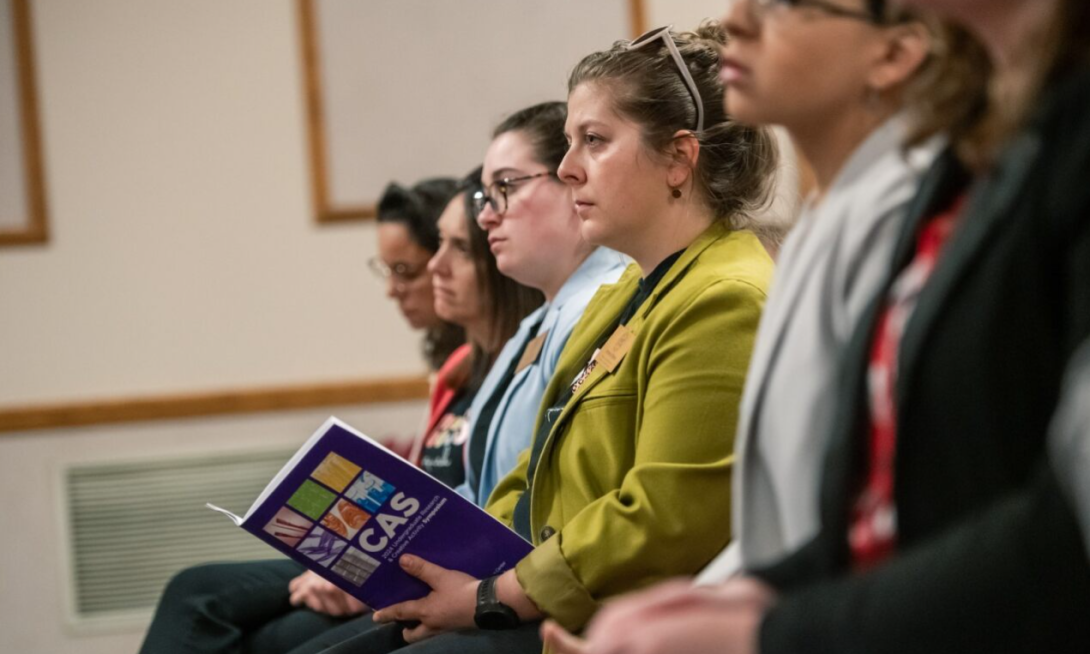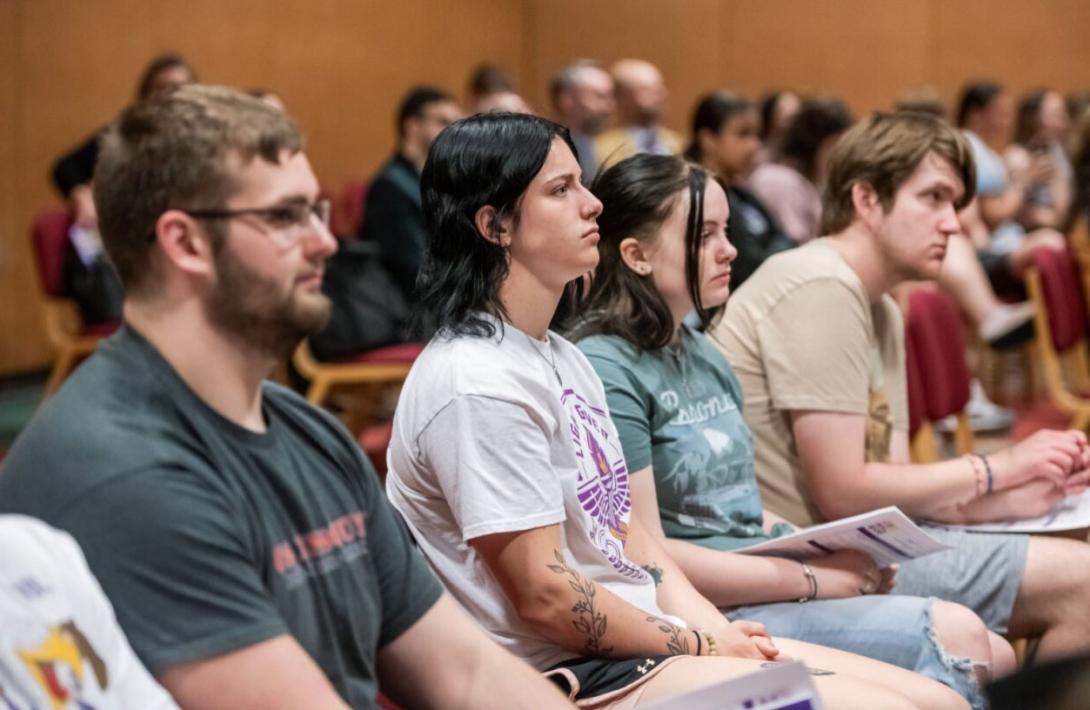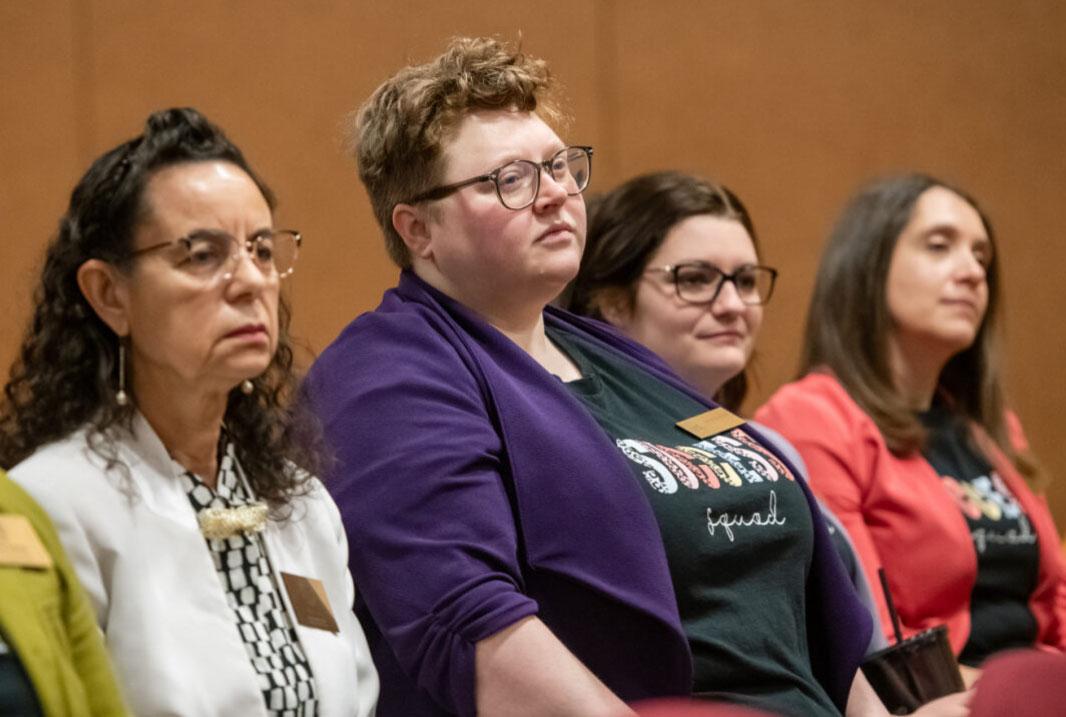
URCA presenters impress attendees with their level of professionalism in their research
While Associate Professor Nick Johnson, Ph.D., encourages his research students to present their work at Ashland University’s annual Undergraduate Research and Creative Activity Symposium (URCA), he doesn’t require it.
“That being said, nearly all of my research students have presented at URCA over the years,” said Johnson, who is part of AU’s Chemistry, Geology and Physics Department. “I believe URCA is a fantastic place for students to present work. It gives them an opportunity to discuss these high-level independent research projects with fellow students and faculty from other disciplines.”
Five of Johnson’s chemistry students presented Wednesday, April 17 at this year’s all-day URCA event in the John C. Myers Convocation Center.
They were among the more than 40 students who gave oral, poster and exhibition presentations in 12 disciplines from the university’s College of Arts & Sciences.
Johnson was among 16 faculty sponsors of the students’ projects. Like Johnson, many of them sponsored multiple student projects.
“The mission of the College of Arts & Sciences is to provide all students an enriching liberal arts education that fosters intellectual inquiry and critical thinking about the natural world and the human experience,” said Katherine Brown, Ph.D, dean of the College of Arts & Sciences. “URCA is a celebration of the fulfillment of this mission by recognizing high academic achievement that extends outside the classroom and promotes lifelong learning.”
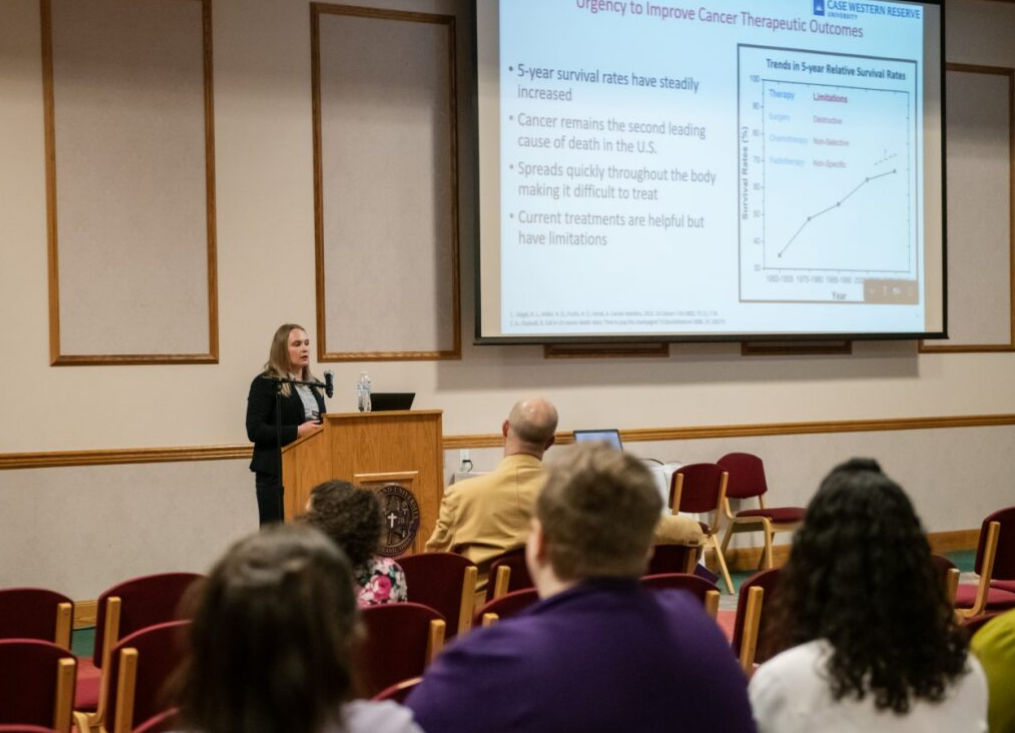
One alumna presents
That lifelong learning can be seen when alumni have returned to present during the 15 years of URCA. This year, 2021 graduate Zoey Lockwood, who is studying for a doctorate in chemistry at Case Western Reserve University, presented. Focusing her doctorate research on cancer therapeutics, Lockwood’s oral presentation at URCA was titled “Gold Nanocluster-Assisted Phototherapy for Targeted Metastasis Treatment.”
Lockwood is a former student of Johnson, who said he is incredibly proud of what she has done since graduating from AU, as well as many other of his former research students.
“Seeing my research students move on from Ashland and pursue their passions is always rewarding,” Johnson said.
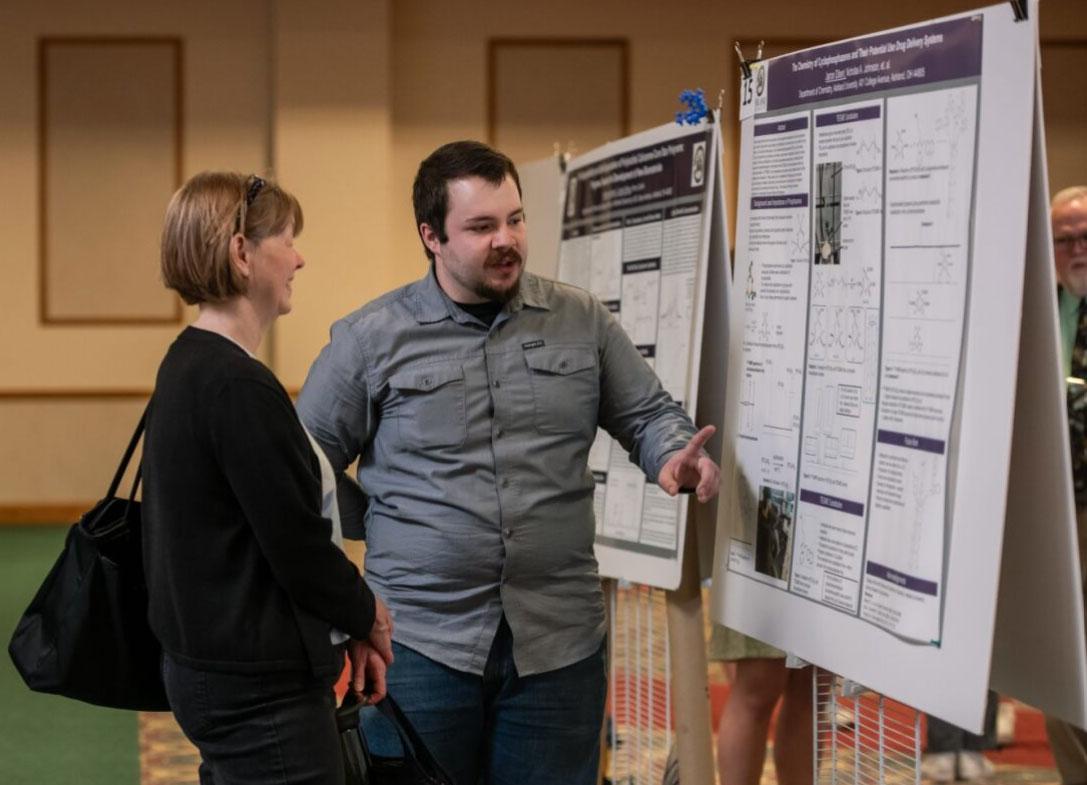
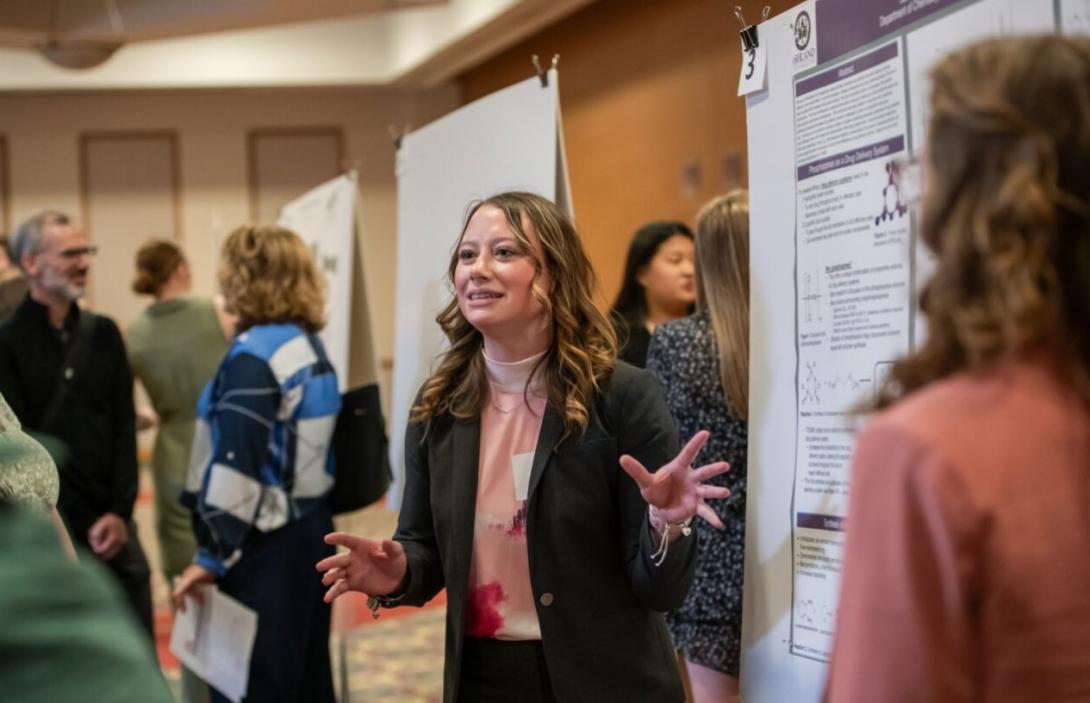
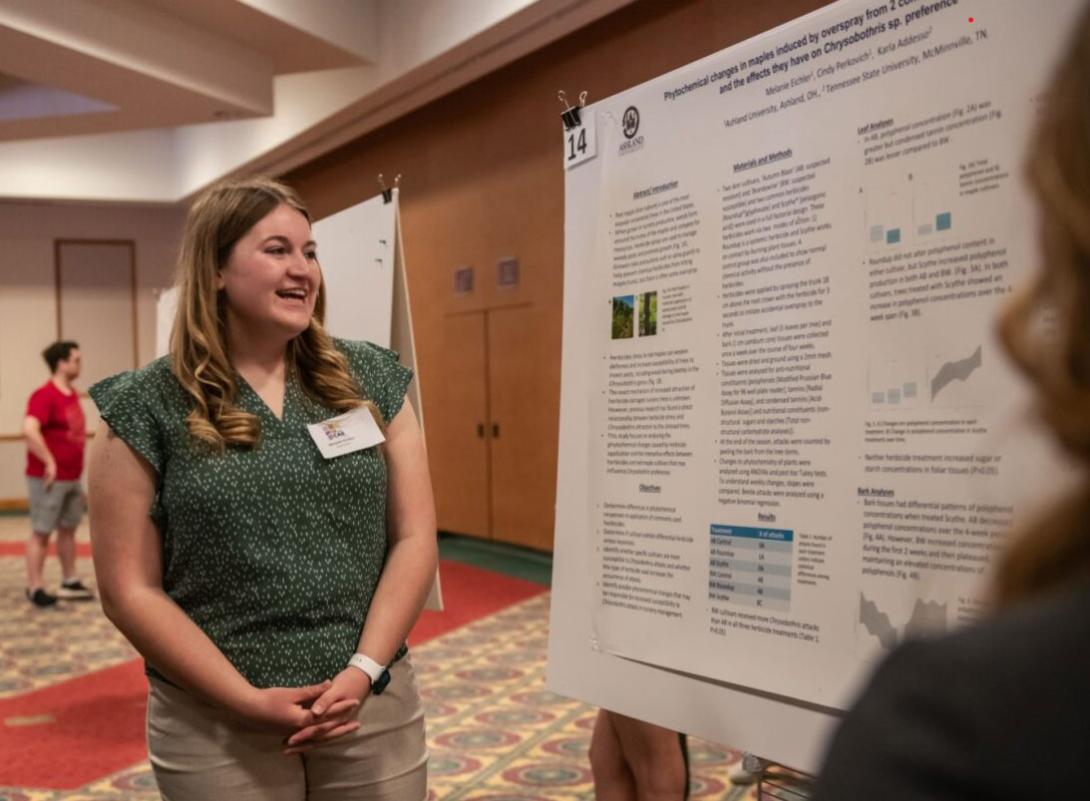
Five chemistry students present on different parts of larger study
The five students Johnson sponsored at URCA all gave poster presentations on separate aspects of a larger project.
“Broadly, our research group is focused on developing an inorganic-based drug system,” Johnson said.
Jaron Dibert’s research focused on the synthesis of the drug delivery system.
Madison Fish and Chelsea Niedermier detailed the synthesis of potential imidazole-based anti-cancer drugs.
And Melanie Eichler and Maddi Whitticar presented on the purification of the drug delivery system, as well some new directions of the larger research project.
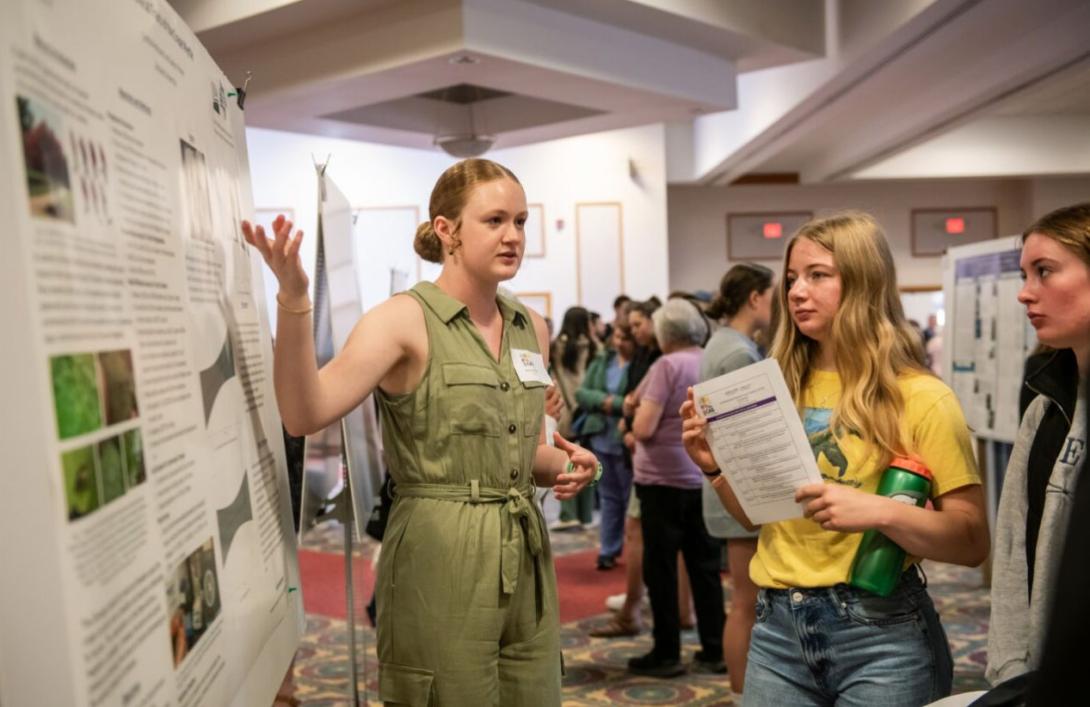
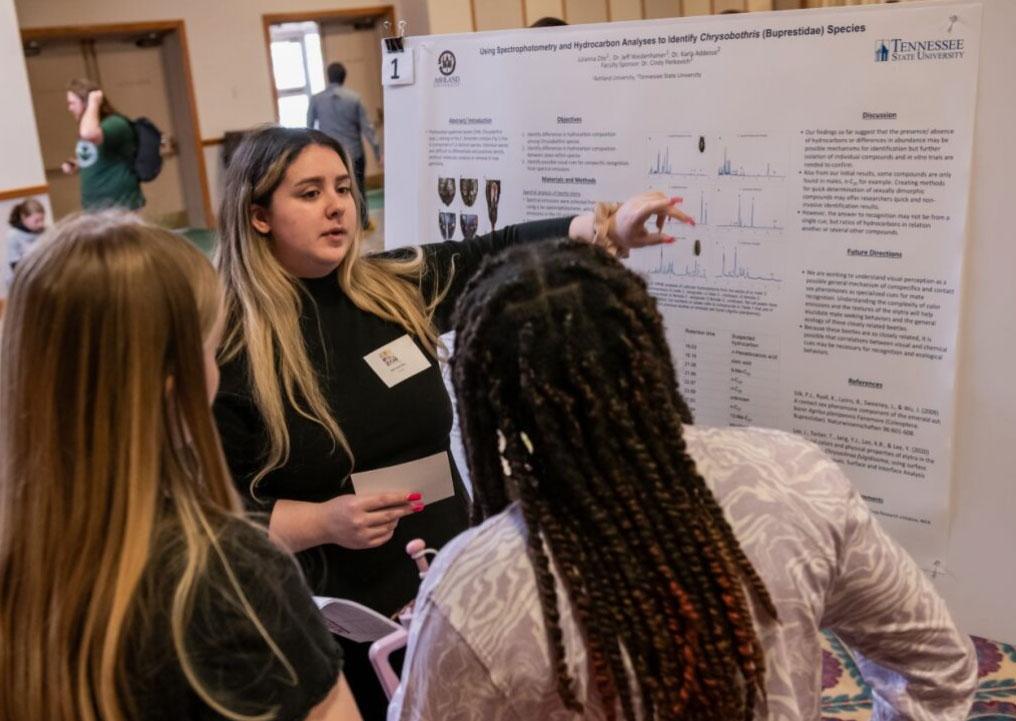
Biology Department well represented
Eichler also had a poster sponsored by Assistant Biology Professor Cindy Perkovich, Ph.D., who sponsored two other posters.
“Phytochemical Changes in Maples Induced by Overspray from Two Commonly Applied Herbicides and the Effects They Have on Chrysobothris sp. Preference” was the title of Eichler’s poster.
Titles for the other Perkovich-sponsored posters were “Phytochemical Traits of the Crape Myrtle” by Jaelyn Palmer and “Can We Identify Species of Chrysobothris, a Genus of Jewel Beetle, by Spectral Emittance and Hydrocarbon Composition of the Elytra” by Julianna Zito.
Perkovich said she was impressed with the level of professionalism not only of the students she sponsored, but all the other undergraduate presenters.
“All student presenters were knowledgeable about their respective areas of research and seemed eager to explain their research results, as well as discuss implications of their results and future directions of their work,” Perkovich said. “It was also impressive to see a large number of collaborative projects within some faculty’s research.
“The Biology Department was well-represented with nearly each faculty member having a student researcher presenting,” she added. “It is important to remember that in most labs, there are other research projects going on. (Wednesday’s) presenters were not only sharing their own results but were also acting as mentors for others in their labs/fields.”
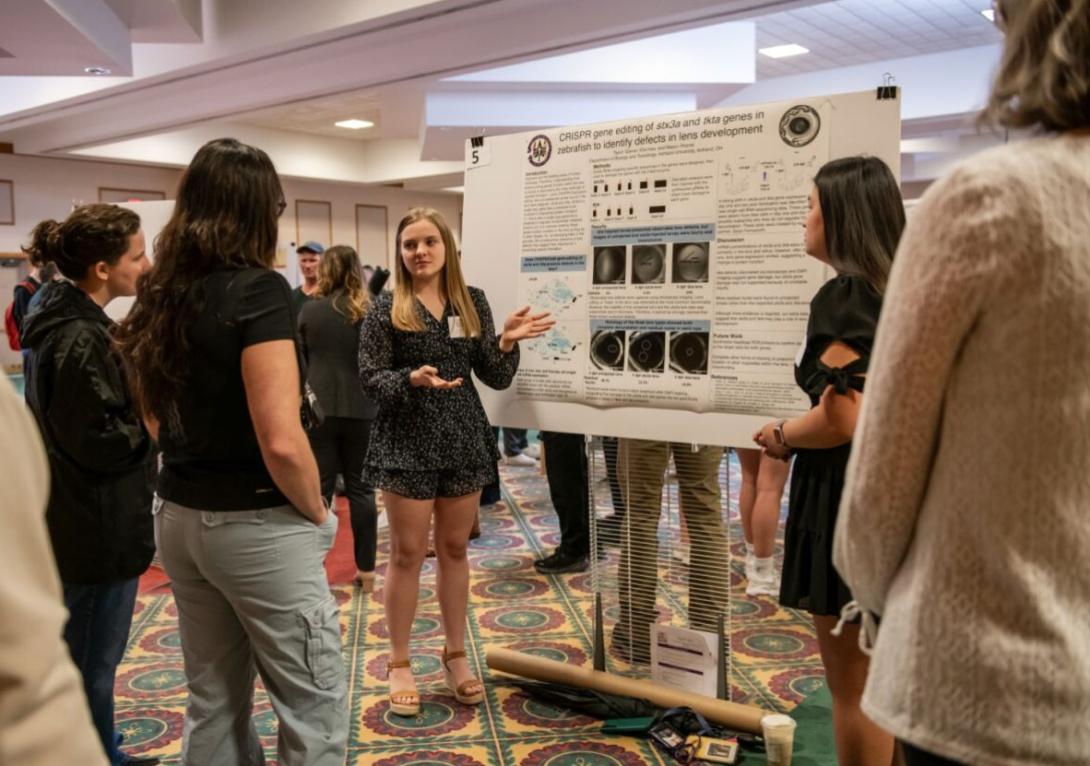
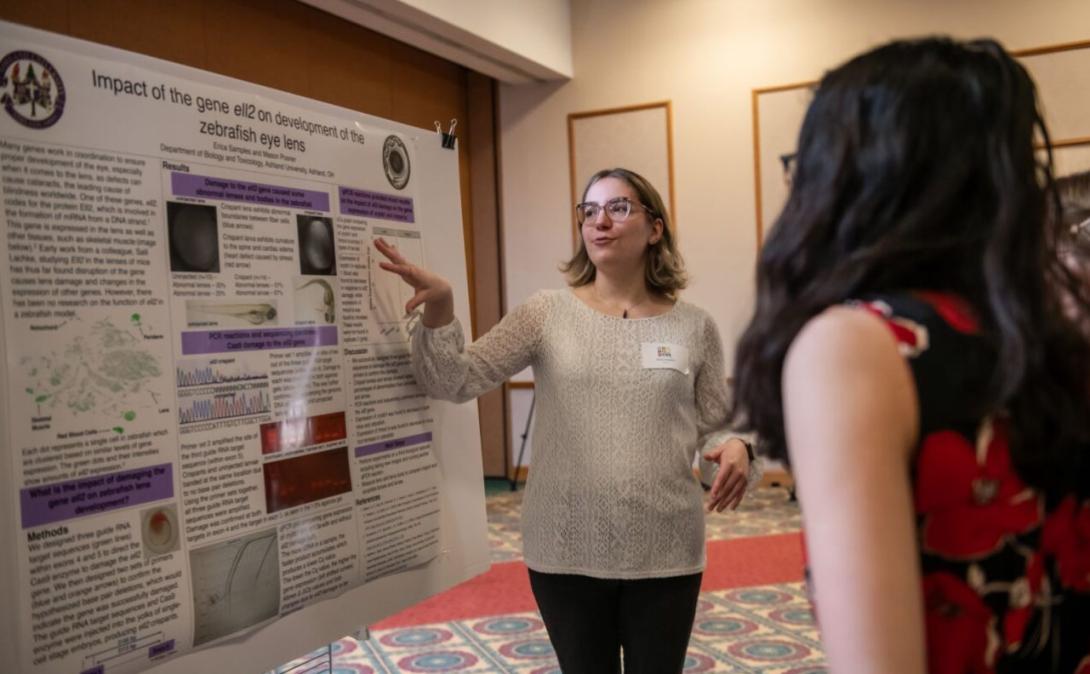
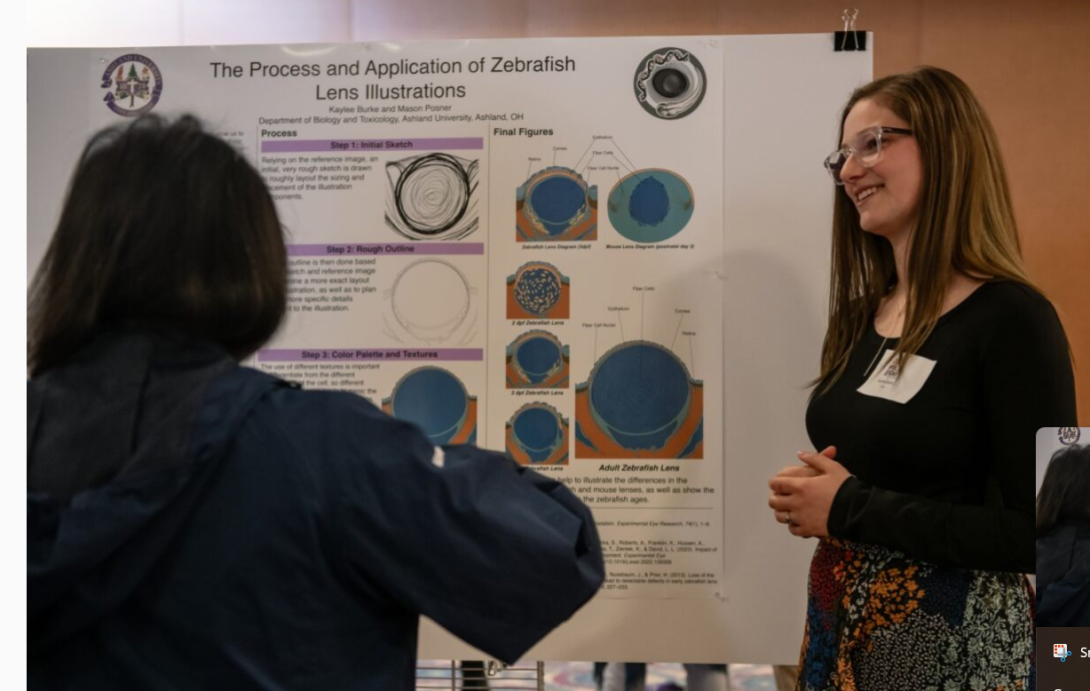
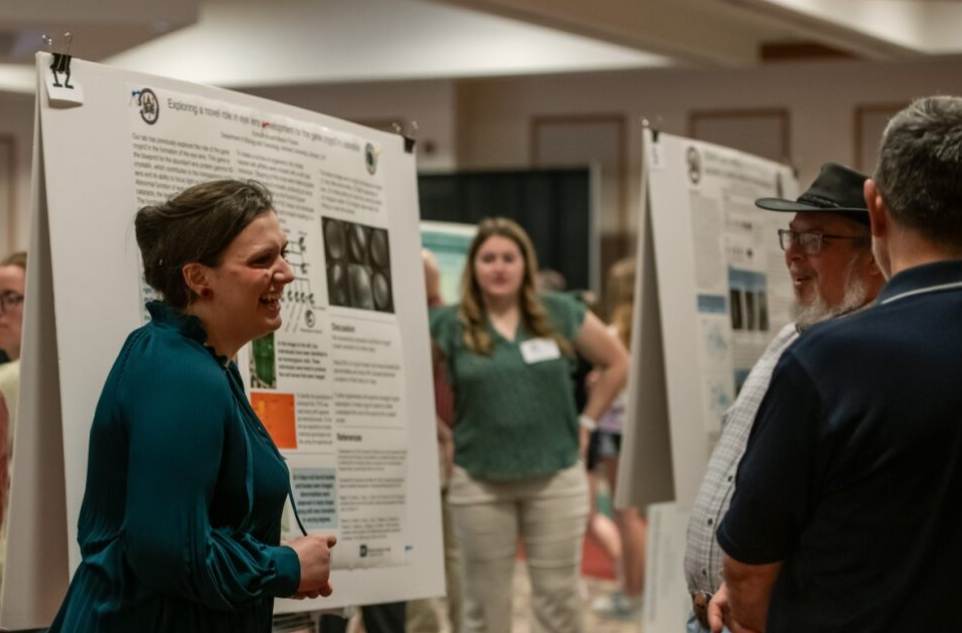
Biology Professor Mason Posner sponsored seven students (Taylor Garver, Ella Ives, Maddison Dolenga, Teddy Togliatti, Erica Samples, Kaylee Burke and Emma Arra) with five presentations, all posters on different aspects of a larger research project like Johnson’s students did.
Posner’s students studied separate aspects of zebrafish, small freshwater fish from Asia that help improve human eye issues because their lens development is similar to humans. Posner has been studying zebrafish since the late 1990s.
“The undergraduate students in my lab worked hard this year learning the research skills they needed to use our zebrafish to investigate the genes that control the development of a healthy eye lens,” Posner said. “URCA was a great opportunity for them to also practice the communication skills to share their findings with a diverse audience. It was great to see so many other students, faculty, staff and parents come out for the science poster presentations.”
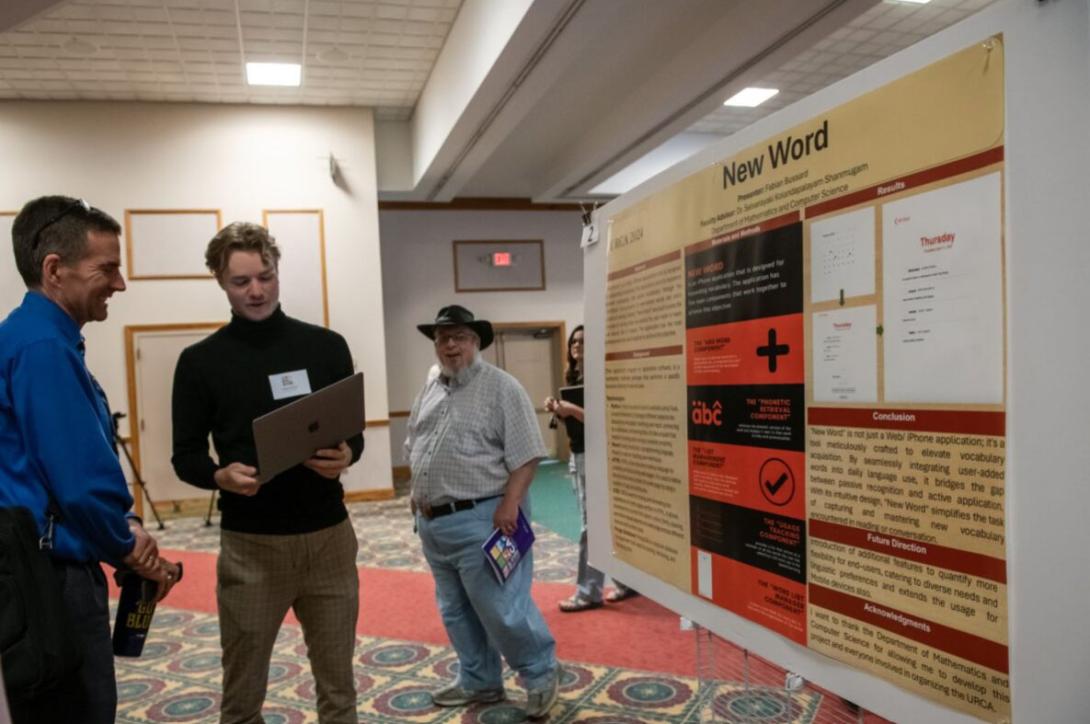
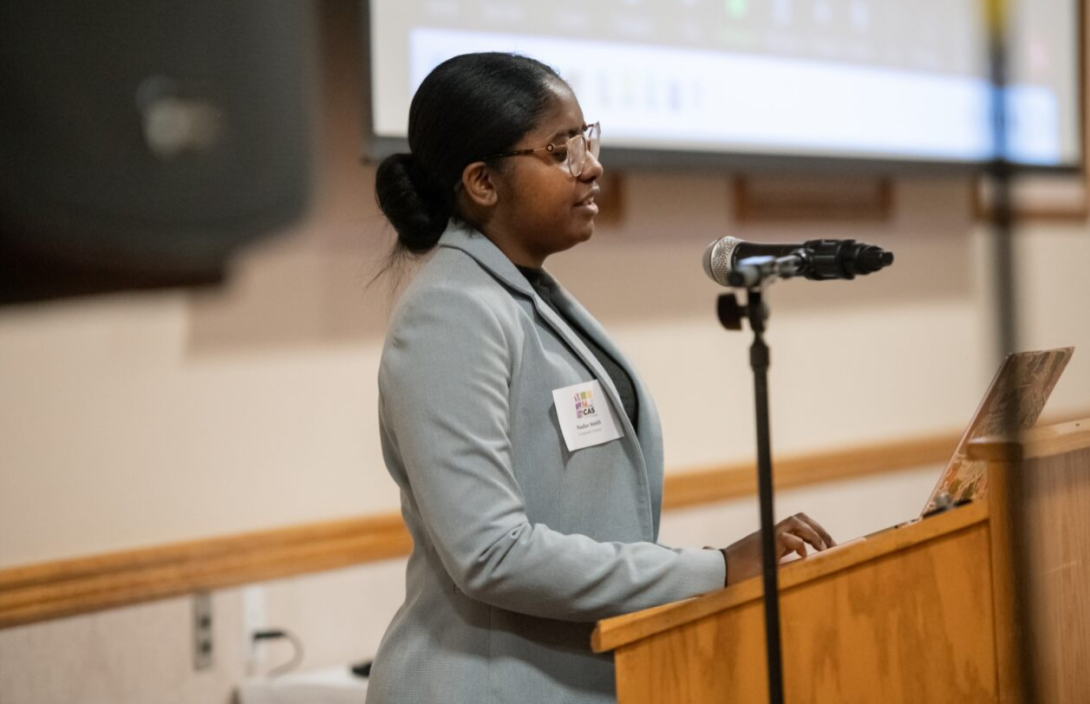
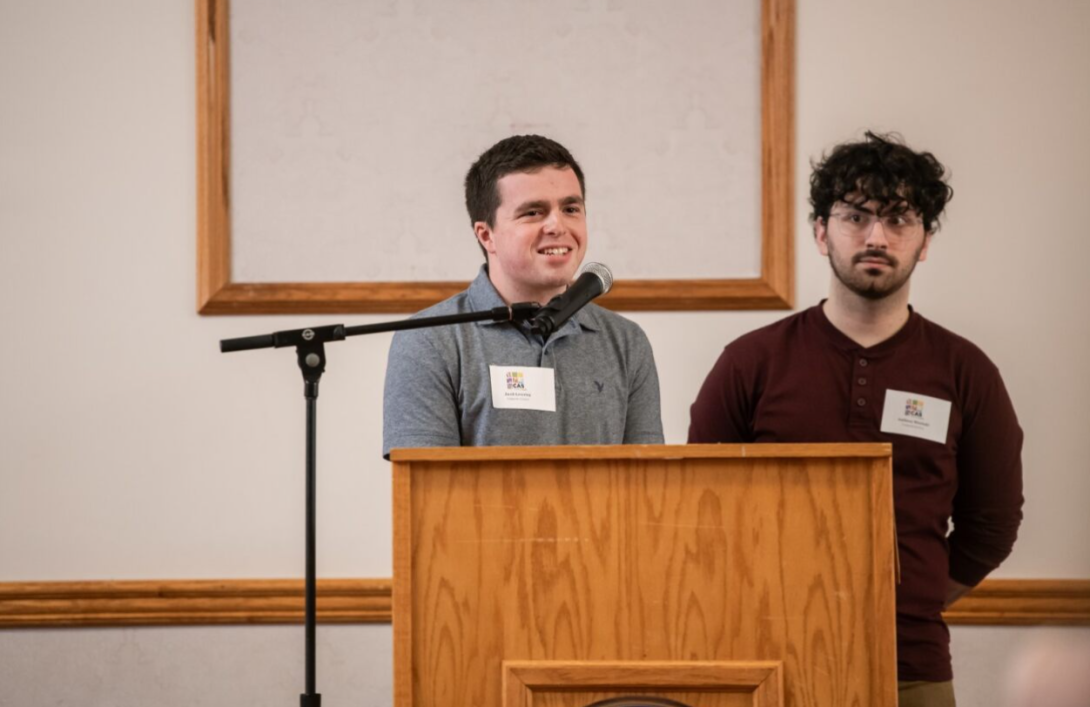
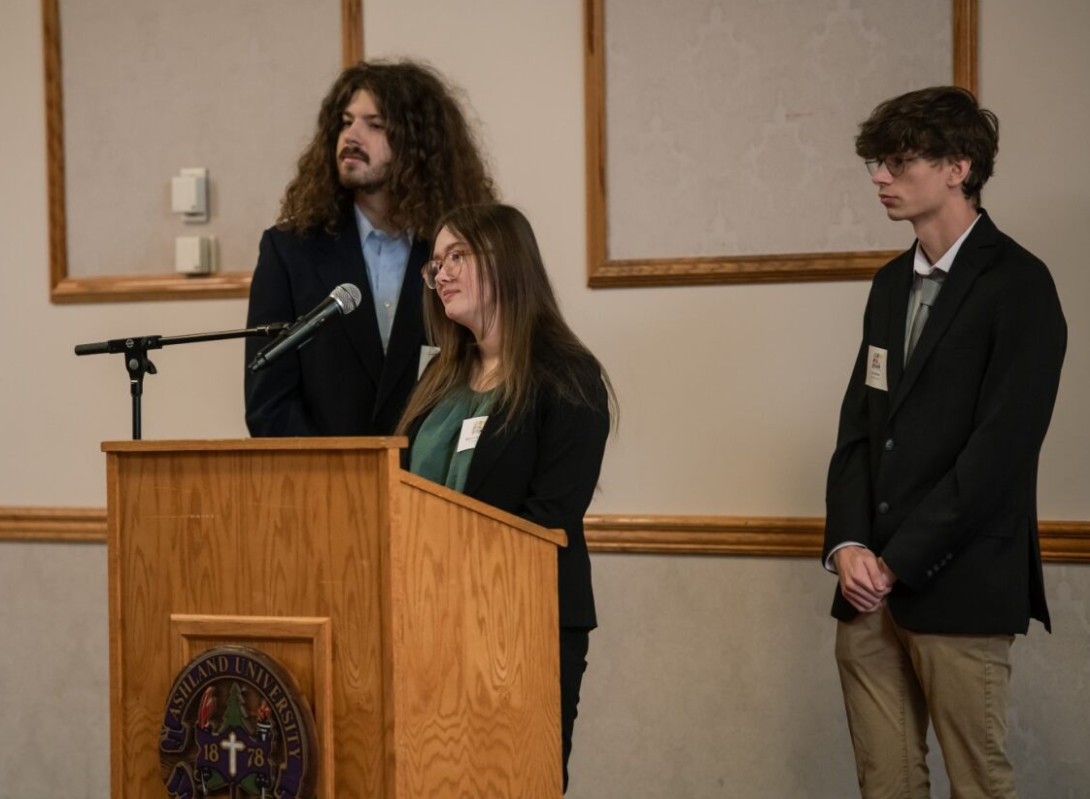
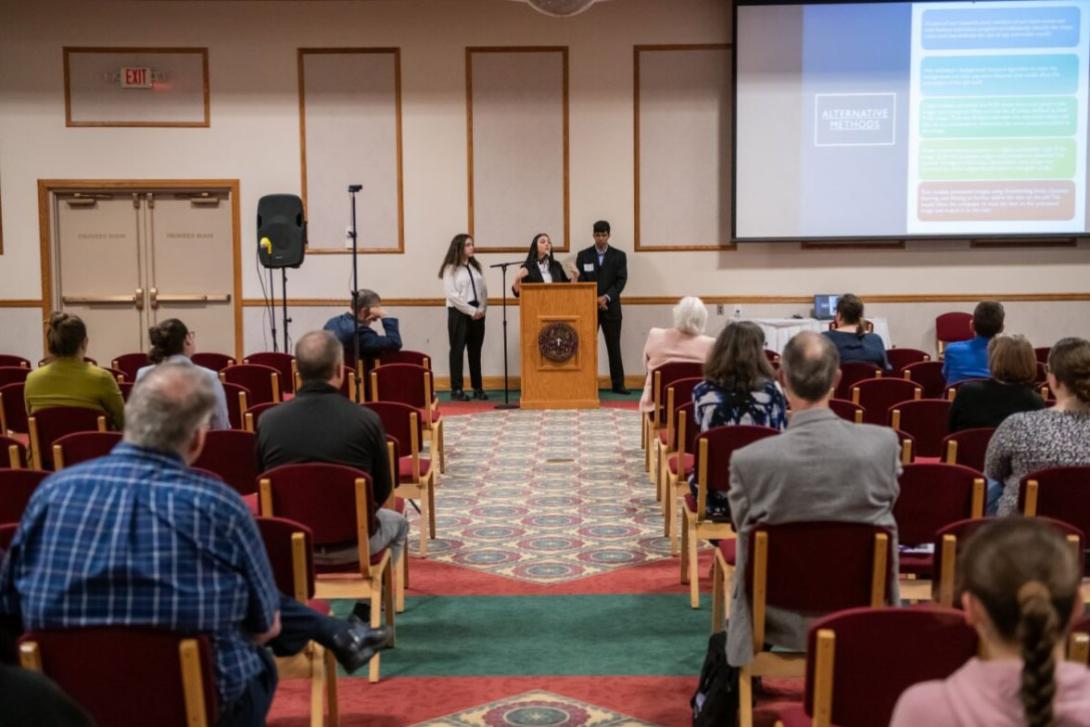
Computer Science was the discipline with the most presentations
While there were several other student presentations in chemistry, toxicology and environmental science, most of the presentations in one discipline were in computer science, all sponsored by Assistant Computer Science Professor Selva Kolandapalayam Shanmugam, Ph.D.
The computer science students developed projects on four major domains: web application, mobile application, artificial intelligence (AI) models and interactive embedded models.
One of those presentations was in poster form (Fabian Bussard’s “New Words: From Receptive to Expressive Language,” an iPhone app allowing users to seamlessly incorporate new words encountered in speech or text into their own writing or conversation), while the other six were all oral presentations.
Some of the titles of the oral presentations included “MapEase – An Indoor Navigation App” by Sadae Smith, “Advancing Accessibility Through Technology” by Jacob Levering and Anthony Wasinski and “Sprinter’s Edge,” a web app by Dylan Phelps and Jacob Pielech designed to help athletes maximize their potential in a variety of ways.
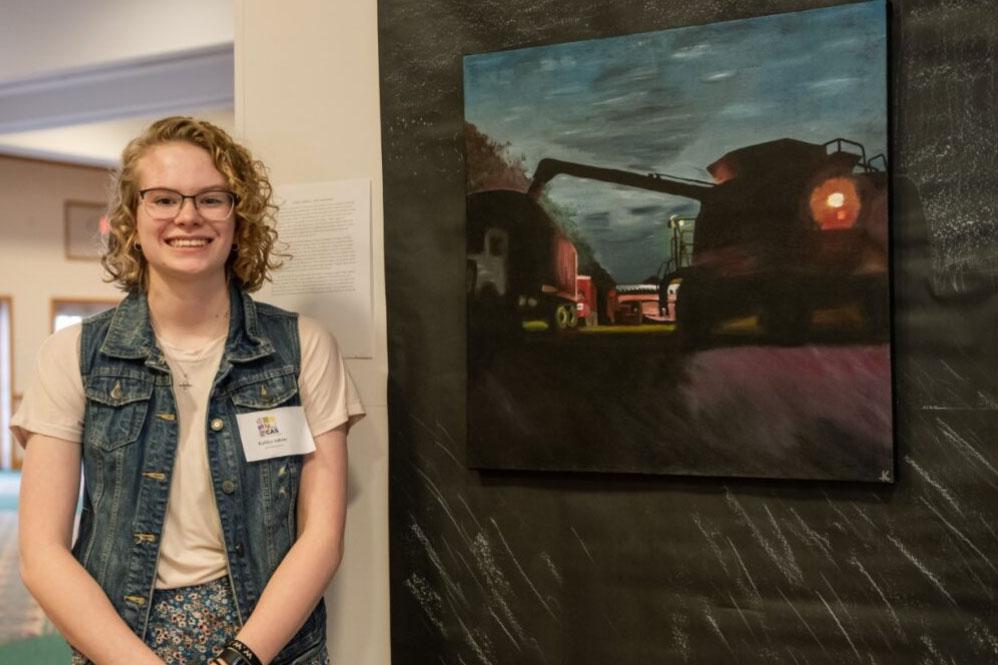
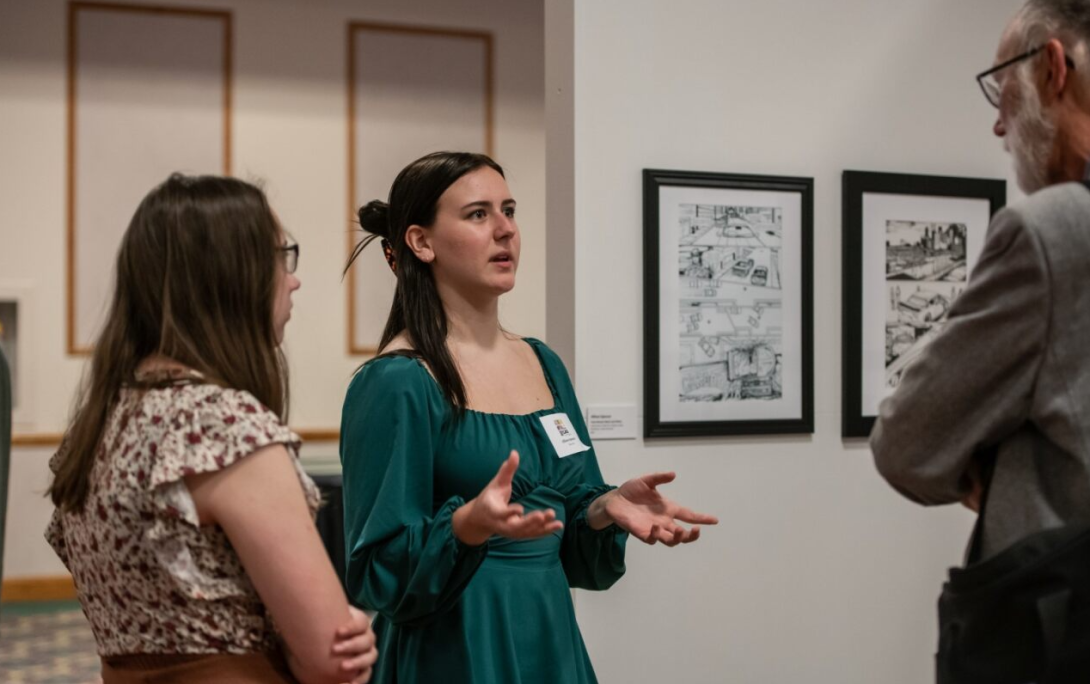
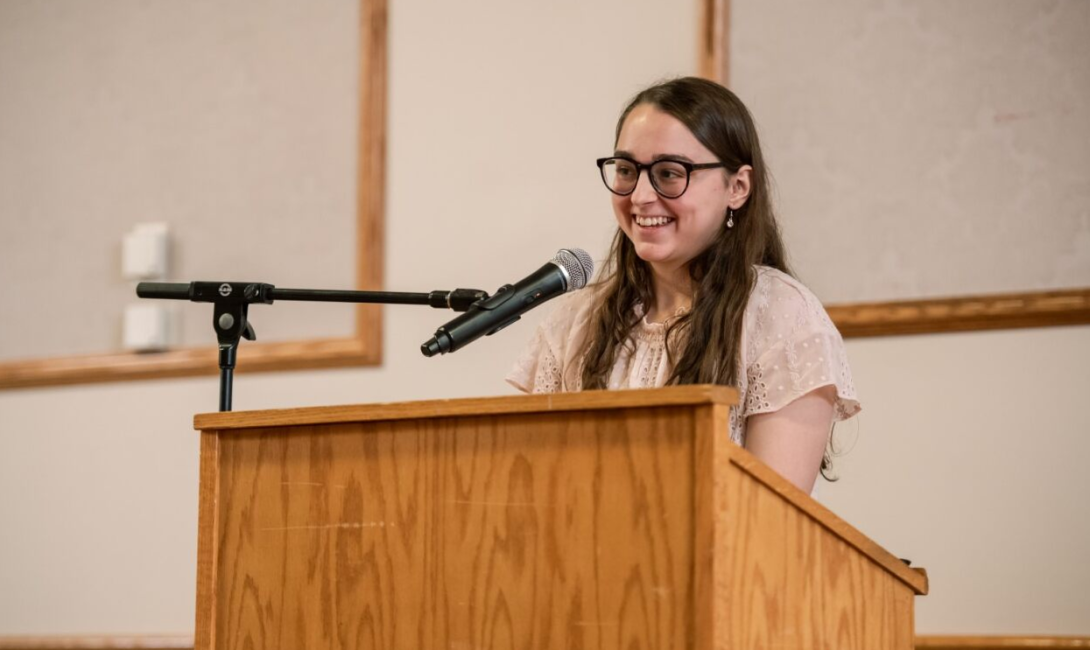
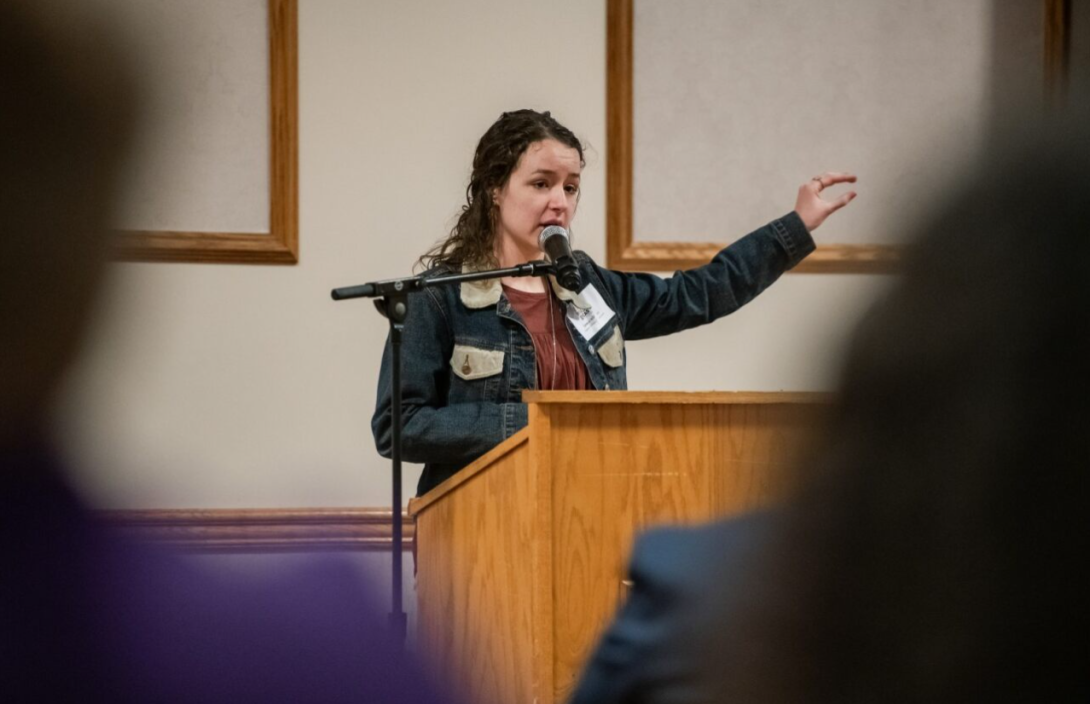
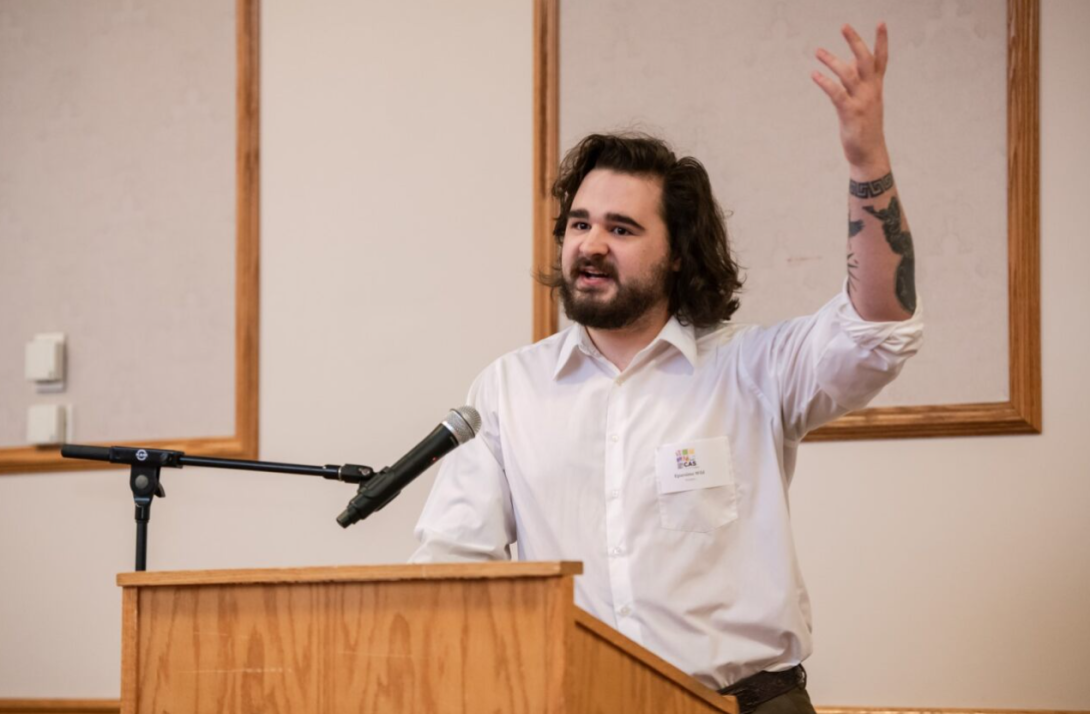
Other topics were in art, media, political science, math, history and English
The two exhibitions at the event were sponsored by Art Professor Keith Dull. They were “Thank a Farmer” by Kaitlyn Adkins and “Illustration Techniques in Comic Book Artwork” by Allison Spencer.
The exhibition and poster presentations took place from 11:45 a.m. to 12:45 p.m. in the Alumni Room, while the oral presentations were given in the Trustees Room before and after attendees viewed the exhibitions and posters.
There also were five oral presentations from the Departments of Political Science, History, Mathematics and English, as well as two presentations that included student films sponsored by Journalism & Digital Media Associate Professor Dave McCoy, Ph.D.: “Pax Vobiscum (Peace Be With You)” by Eleanor Lohr and “Love, Anon” by Lauren Gulden.
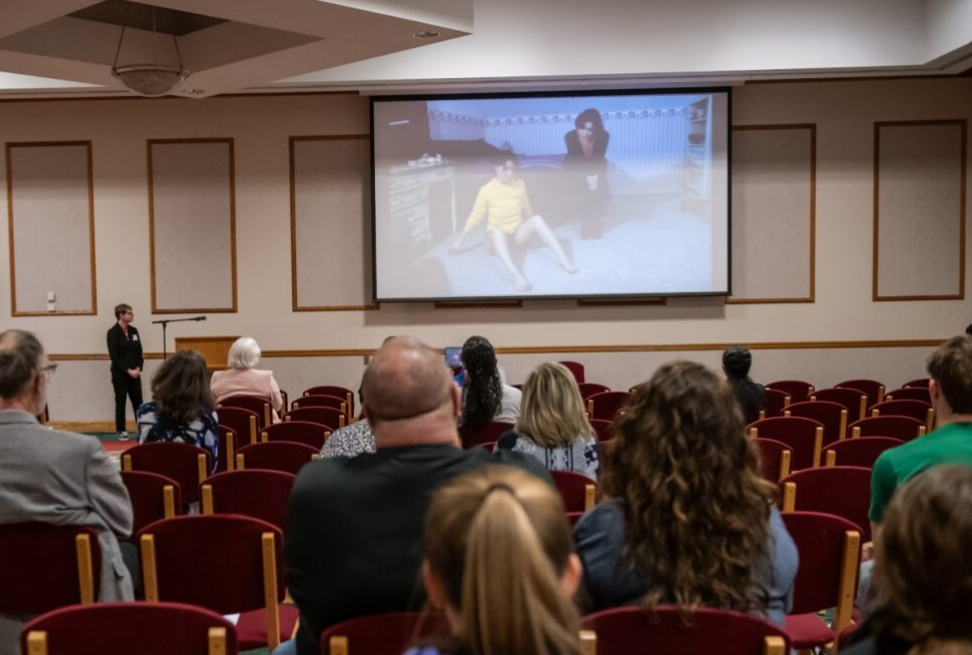
“The URCA Symposium Committee was very pleased with this year’s event,” said Associate Professor of Art History Wendy Schaller, who directed URCA with help from six other committee members. “It was a truly outstanding show of the new discoveries and forms of creative expression that the students with the College of Arts & Sciences are engaging in.
“All in all, it was a real celebration of the wonderful things that are happening within the College of Arts & Sciences at Ashland,” Schaller added.
